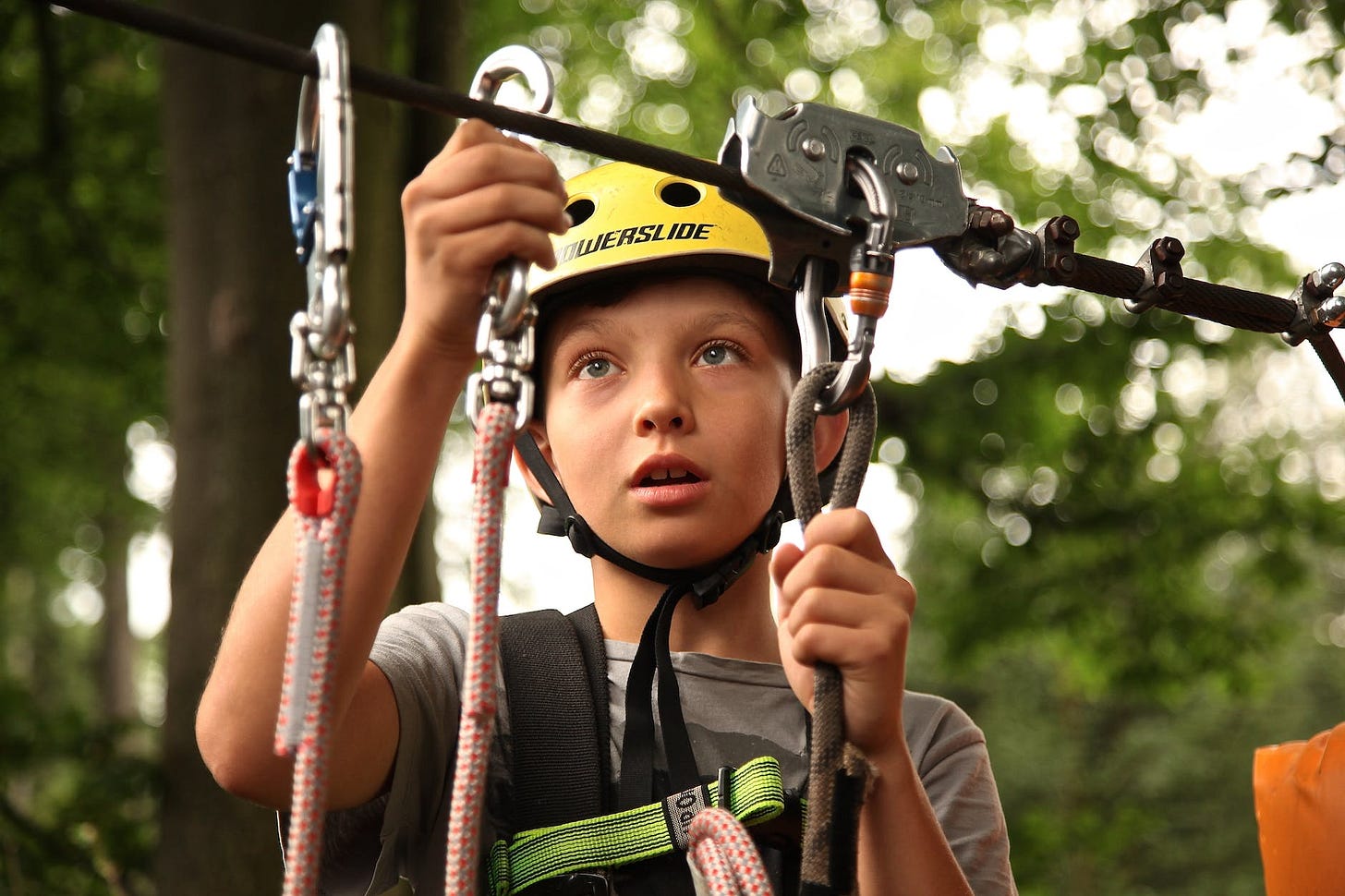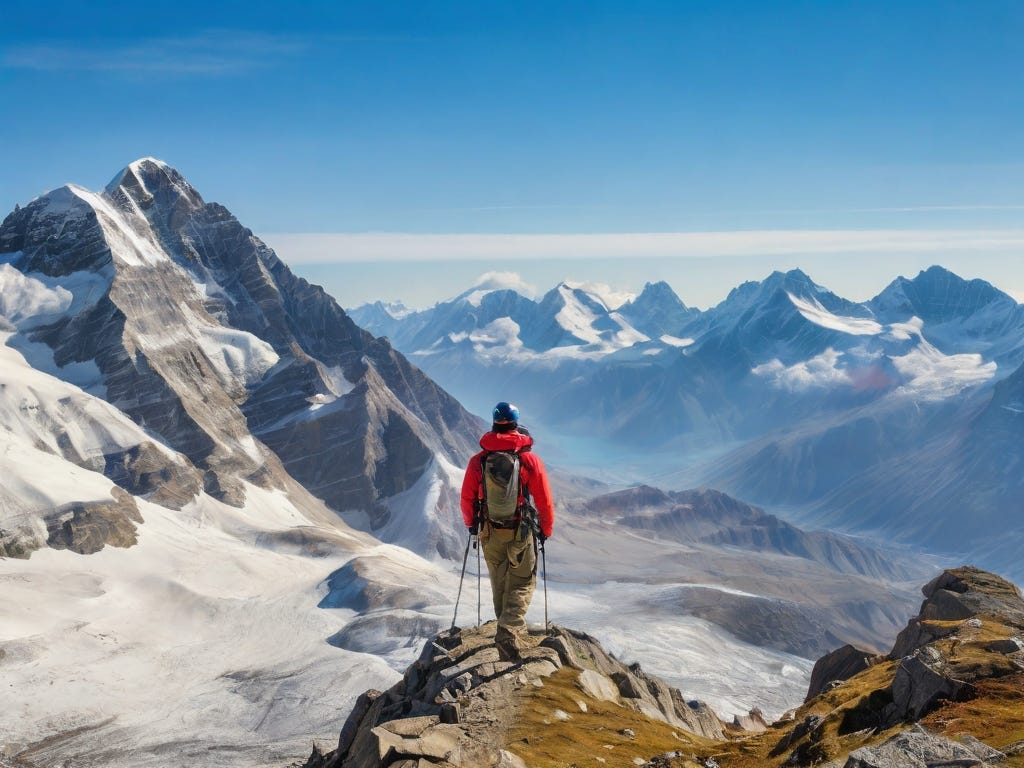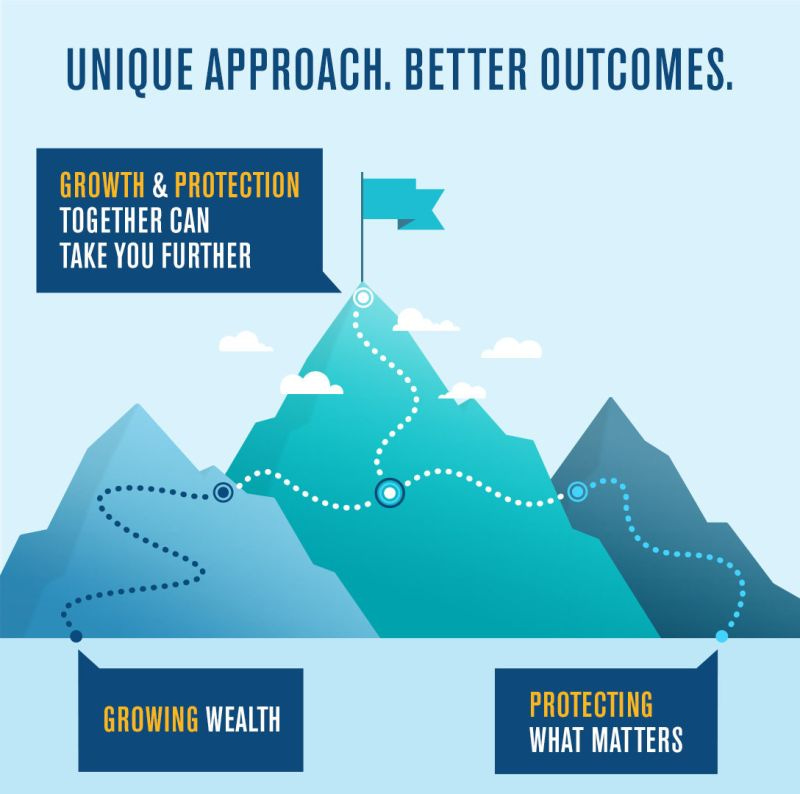Climbing with Confidence: Essential Tips for Assessing Mountain Risks and Dangers
Unlock the secrets of conquering mountains with unwavering confidence - discover the essential tips for assessing risks and dangers!
Image courtesy of Pixabay via Pexels
Embarking on a mountain adventure can be an exhilarating experience. However, before stepping foot on a particular peak, it is crucial to assess the risks and dangers associated with it. By understanding the terrain, reviewing route difficulty, gathering local knowledge, assessing personal skills, and taking necessary safety precautions, climbers can ensure a safer and more enjoyable experience. In this curated guide, we will provide you with essential tips and insights to help you assess the risks and dangers of a particular mountain.
Understanding the Terrain
When preparing for a mountain adventure, it is vital to research and understand the terrain you will be exploring. Consider the mountain's location, elevation, and geological features. Some mountains may have hazardous conditions, such as loose rocks, unstable slopes, or hidden crevasses. Additionally, weather patterns play a significant role in determining safety. Understanding the mountain's climate during different seasons can help you plan accordingly and avoid unfavorable conditions that may increase risks.
Reviewing Route Difficulty
Routes on mountains are often rated using systems like the UIAA scale, which provides valuable information about their difficulty level. It is crucial to familiarize yourself with this rating system to assess whether or not a route is suitable for your skill level. Consider factors such as route length, elevation gain, and any technical aspects involved. By accurately understanding the difficulty of a route, you can determine whether it aligns with your capabilities and helps prioritize your safety during the climb.
Gathering Local Knowledge
One of the most valuable resources when assessing the risks and dangers of a particular mountain is local knowledge. Seek insights from local experts such as mountain guides or experienced climbers who have firsthand experience with the mountain you wish to conquer. Be open to connecting with local communities or joining forums to gain valuable insights and advice. Local knowledge can provide invaluable information about specific challenges associated with the mountain, including hidden dangers that may not be apparent from remote research alone.
Assessing Personal Skills and Experience
Before taking on a challenging mountain, it is essential to assess your own skills and experience. Consider your physical fitness, endurance, and technical abilities. Honest self-evaluation is crucial in recognizing your limitations and planning accordingly. If you lack the necessary skills or experience for a particular mountain, it may be wise to gain those abilities through training or by starting with less challenging peaks. Building a strong foundation of skills and experience will contribute significantly to minimizing risks.
Safety Equipment and Preparations
No mountain adventure is complete without the proper safety equipment and preparations. Begin by ensuring you have the appropriate gear for the climb, including suitable clothing, footwear, and safety tools. Communication devices, first aid kits, and emergency shelters are also essential items to have on hand. However, equipment alone is not enough; proper training and familiarity with your gear are equally crucial. Additionally, always have contingency plans in place to address unexpected situations and emergencies that may arise during your expedition.
Image courtesy of opensnow.com via Google Images
Evaluating Climbing Partners and Resources
Climbing with a partner or a group can enhance safety and provide a support system during your mountain adventure. When choosing climbing partners, consider their experience level, skill set, and goals. Finding compatible partners who share similar objectives and have balanced risk tolerance can contribute to a smoother and safer climbing experience. Additionally, research reputable climbing organizations, guidebooks, or training programs that can provide valuable resources and guidance to increase your preparedness for the climb.
Mitigating Environmental Risks
While assessing risks and dangers, it is essential to also consider environmental factors. Familiarize yourself with Leave No Trace principles to minimize your impact on the mountain's ecosystem. Respect the fragile nature of the environment and follow established guidelines for waste management, campsite selection, and wildlife interaction. Additionally, be aware of potential environmental hazards such as rockfall or avalanche-prone areas. By being conscious of environmental risks, you contribute to the preservation of the mountain and ensure a safer journey for yourself and future adventurers.
Image courtesy of al.linkedin.com via Google Images
Understanding Personal Risk Appetite
Each individual has a unique risk tolerance and comfort level. It is crucial to honestly assess your own preferences and boundaries. Reflect on what level of risk you are comfortable with and what aligns with your personal goals. Striking a balance between adventurous aspirations and safety precautions is essential for an enjoyable and secure mountain experience. Understand that your risk appetite may change over time, and it is essential to reassess and adjust accordingly.
Assessing the risks and dangers associated with a particular mountain is a crucial step in planning a safe and successful journey. By understanding the terrain, reviewing route difficulty, gaining local knowledge, assessing personal skills, and taking necessary safety precautions, you can climb with confidence. Remember that preparation and research are key to mitigating risks and establishing a solid foundation for a memorable mountain adventure. So, lace up your boots, pack your gear, and embark on your mountain expedition with the knowledge and confidence that you have made informed decisions to prioritize your safety.







